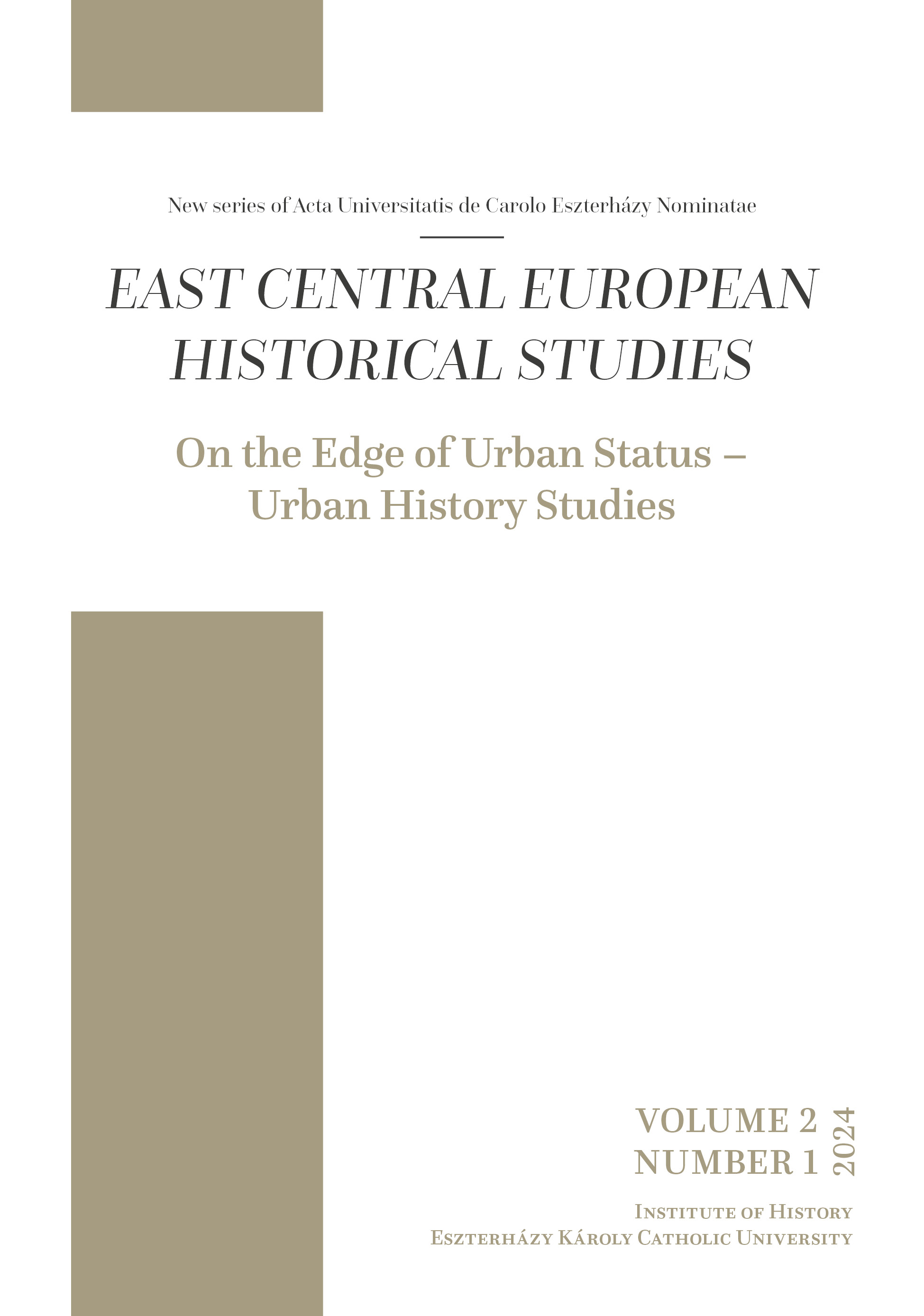Characteristics of the Late Medieval Market Town Leadership and Methodological Issues in Its Study (Insights from the Northern Hungary Region)
Main Article Content
Abstract
This study examines the research opportunities and characteristics of the elite of late medieval market towns. The analysis of medieval market towns and their societies gained prominence in Hungarian historiography in the mid-20th century. However, after several decades of relative neglect, interest was renewed around the turn of the millennium, largely due to the work of András Kubinyi. The study of this topic is significantly hindered by a relative scarcity of sources; the most valuable information on this social stratum is found in the charters issued by market towns. T he study outlines the available sources and highlights the perspectives that can be utilized in understanding the leadership of market towns. Drawing primarily on sources from the northern Hungarian region, while also providing a national overview, it presents the key characteristics of this social group: their participation in town councils, property ownership, artisanal and trading activities, and the occasional inclusion of intellectuals within their ranks. It also raises the question of whether the nobility could have been an integral part of this leadership class. The study provides examples to illustrate the importance of considering the varying economic backgrounds of different market towns (such as wine-producing, salt-mining, or trading towns), which played a crucial role in shaping the wealth of the market town elite.
Article Details

This work is licensed under a Creative Commons Attribution 4.0 International License.

